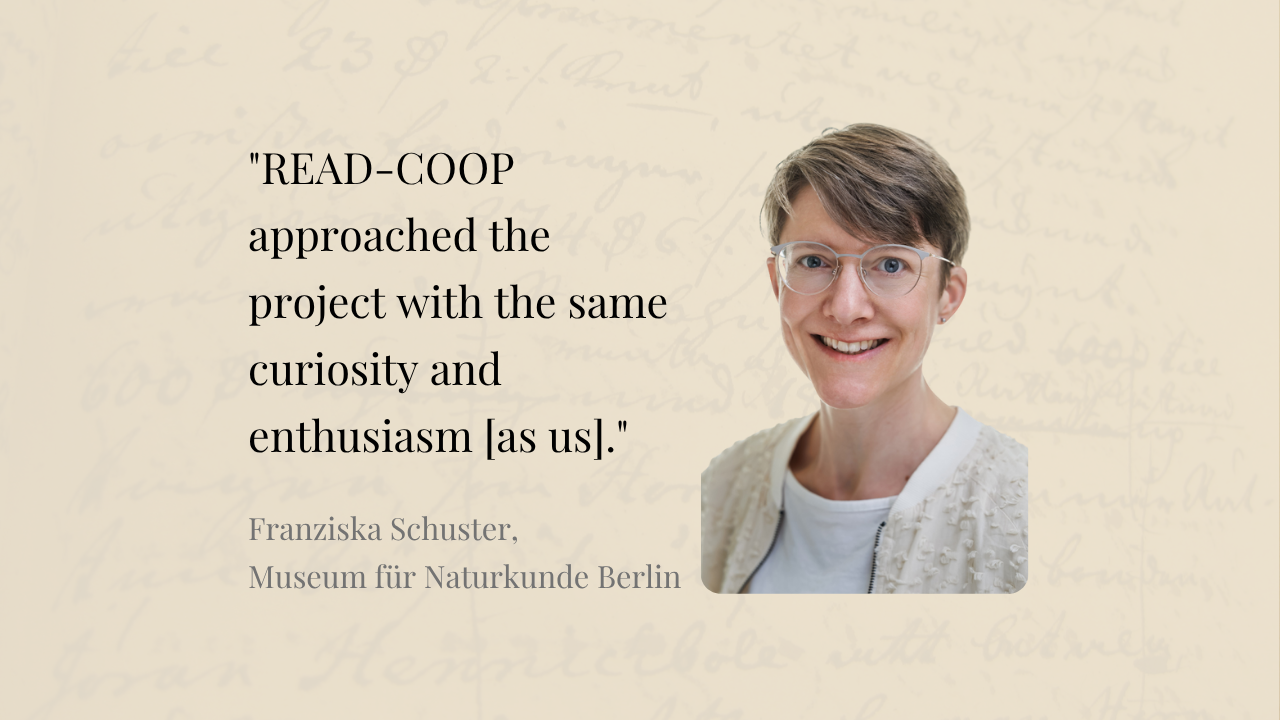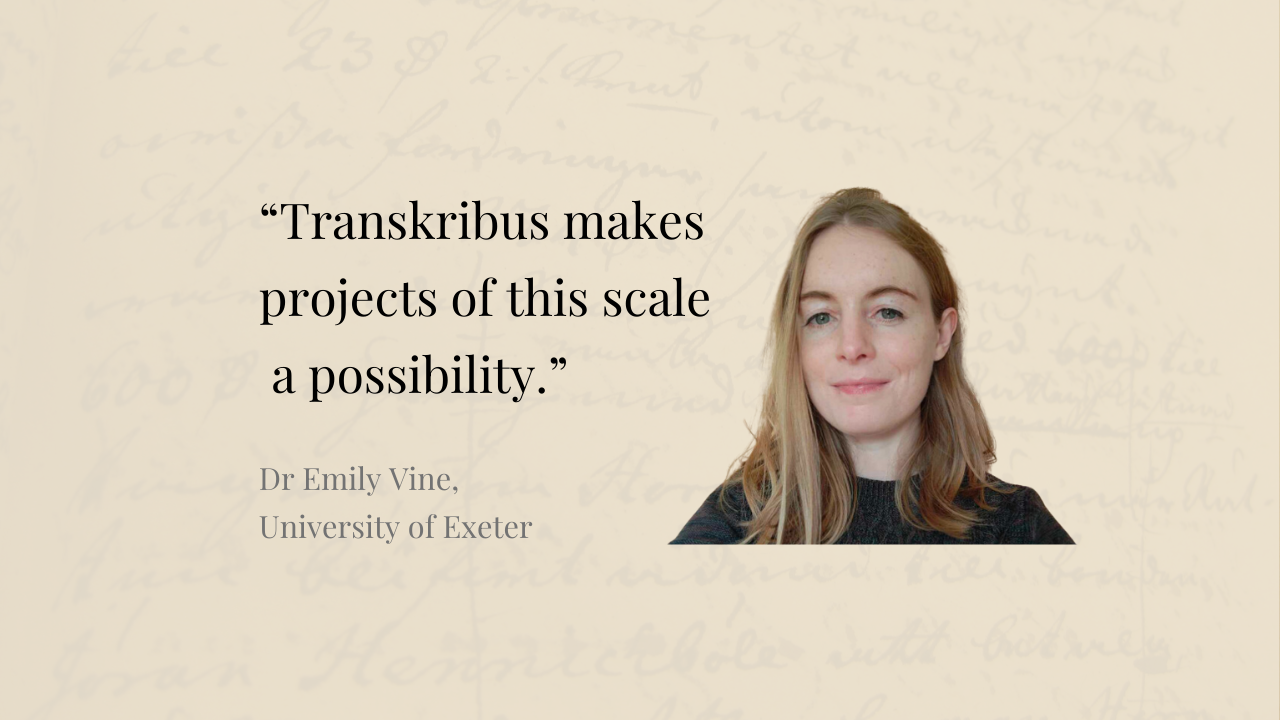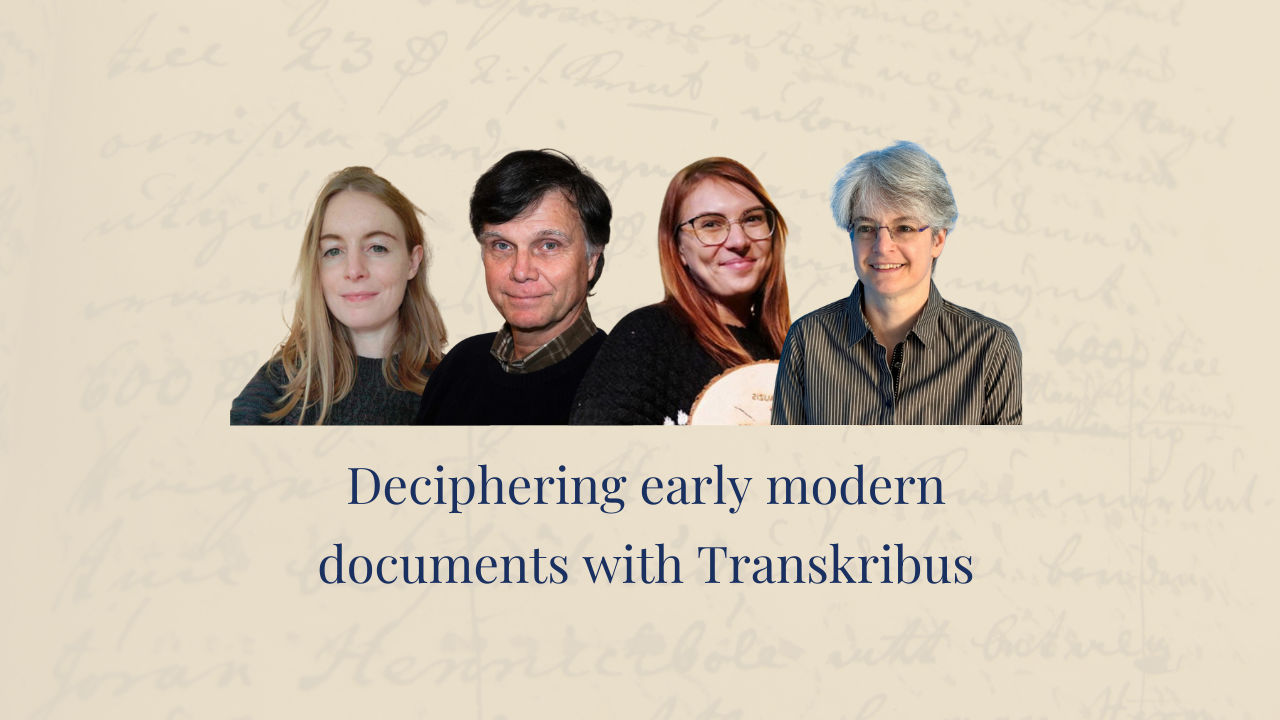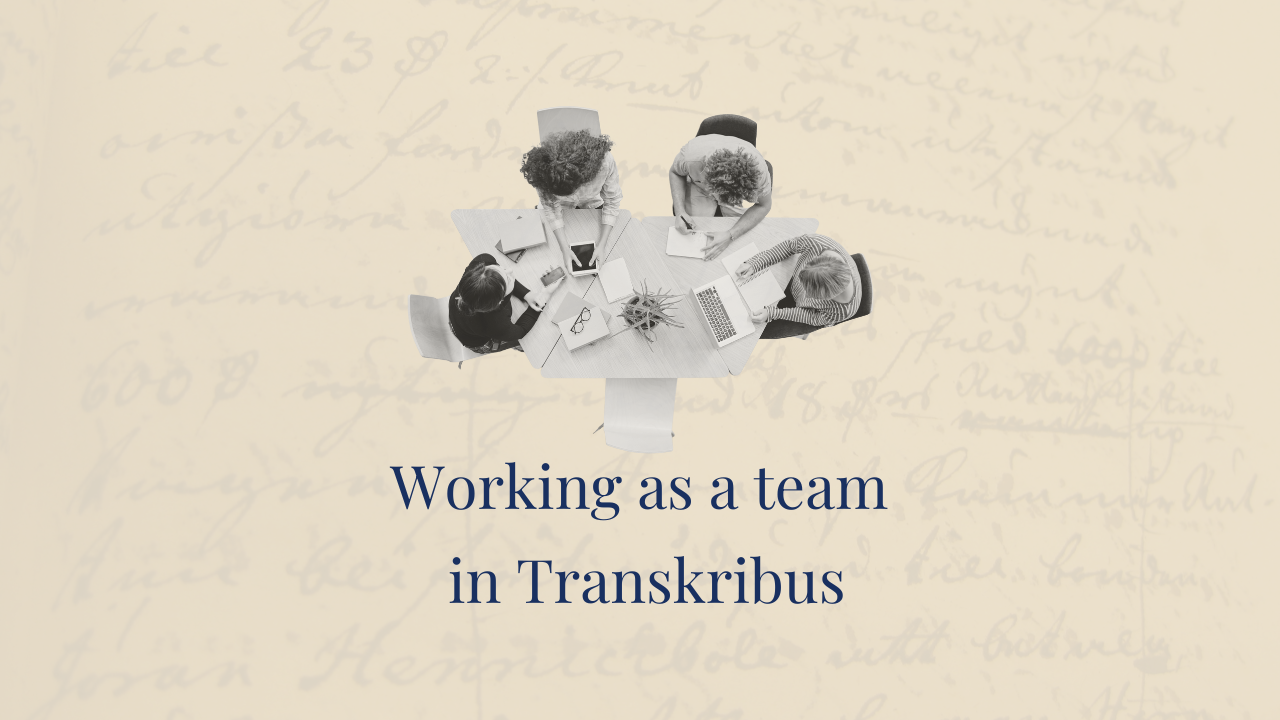
Reading the unreadable: How 4 projects deciphered early modern documents with Transkribus

The early modern period marks the transition from the medieval world to the industrialised modern era. It laid the groundwork for many of today's societal and economic structures, such as nation-states, capitalism, and globalisation. To understand our world, we must understand the shifts that took place in this pivotal time.
Much of this history is stored in handwritten documents, providing a wealth of primary sources. However, accessing them is a major challenge. Many are hidden in archives, and those that are available are often written in illegible scripts with non-standardised spelling and confusing abbreviations, which can make deciphering the words on the page a monumental task.
Transkribus was created to make this process easier. The community-led platform uses the power of AI to automatically transcribe historical handwriting, creating a digital, searchable version of the text. Instead of spending months on a single volume, researchers can train a custom AI model to read the script in their documents, producing an accurate transcription at the click of a button.
Here are four projects that used Transkribus to transform challenging early modern materials into digital, searchable collections.

Exploring material culture in early modern England through 25,000 wills
How can historians understand the relationship people had with their possessions centuries ago? The ‘Material Culture of Wills’ project is tackling this question by analysing a massive collection of 25,000 wills from early modern England. A collaboration between the University of Exeter and The National Archives, this ambitious project would have been unfeasible with manual methods. The team turned to Transkribus to automate the transcription, making it possible to work with this vast dataset and uncover trends in material culture on a scale never before attempted.
The project’s most innovative step was combining AI with citizen science. After generating initial transcriptions with Transkribus, the team used the Zooniverse platform to invite volunteers from around the world to proofread and correct the AI’s work. This crowd-sourced data was then used to retrain and significantly improve the model’s accuracy, creating a highly effective workflow. The result is a huge, searchable resource that is unlocking new insights into the lives and values of people in early modern England.
Read the full story to learn how the team combined AI with citizen science to transcribe this massive collection.
.jpg?width=1536&height=865&name=Thumb-Herve-2-1536x865%20(2).jpg)
Uncovering the secrets of the Portuguese Inquisition
For centuries, the records of the Portuguese Inquisition were shrouded in secrecy, their contents inaccessible due to difficult handwriting and restricted access. The TraPrInq project, led by historian Hervé Baudry, was created to break this silence. The project’s ambitious goal was to transcribe the vast collection of over 40,000 court trial files from 1536 to 1821, using AI to make them searchable for the first time. By leveraging Transkribus, the team set out to create a public tool that could decipher these challenging documents and reveal the long-hidden stories within.
The project brought together a team of eleven paleographers from Portugal and Brazil who meticulously created the Ground Truth data, transcribing over a million words. Through an intensive training process, they developed a custom AI model that achieved an impressive accuracy rate of nearly 95%. This powerful tool, ‘Portuguese Handwriting 16th-19th century’, is now publicly available on Transkribus and has proven effective even on non-inquisitorial documents, making it an invaluable resource for anyone working with early modern Portuguese manuscripts.
Read the full story to discover how the TraPrInq team broke a "double secret" and made their powerful model for historical Portuguese public.
%20(1).webp?width=1640&height=924&name=Thumbnail%20(2)%20(1).webp)
Deciphering English secretary hand with the Egerton model
English secretary hand is a notorious barrier for researchers of the early modern period, locking away the contents of countless legal, administrative, and personal documents. Faced with this challenge, lawyer and historian Emily Kadens set out to do what some experts told her was impossible: create a reliable AI model to read this complex and highly variable script. Using her own extensive manual transcriptions of English equity court records as a starting point, she turned to Transkribus to build a tool that could automate this painstaking work.
Through a meticulous process of transcribing, correcting, and continuous retraining, Emily and her team developed the “Egerton” model. They created extensive conventions to handle the script’s non-standard abbreviations and idiosyncrasies, training the AI to navigate the different hands of various scribes. Now boasting a dataset of over 750,000 words and a Character Error Rate of just under 3%, the Egerton model stands as a powerful testament to how Transkribus can overcome even the most difficult palaeographical challenges.
Read the full story to learn how the team built the model from the ground up and their key advice for anyone starting a similar project.
.webp?width=1640&height=924&name=SuS%20Mairita%20%20(1).webp)
From rhubarb to Siamese twins: Unlocking the history of Riga
The Minutes of the Riga City Council are a UNESCO-recognised collection containing nearly 300 years of the city’s early modern and modern history across more than 263,000 pages. Written in a difficult German Kurrent script and filled with complex abbreviations, this invaluable resource has remained largely inaccessible. For her Master's thesis in Digital Humanities, archivist Mairita Lukianska took on the challenge of transcribing these records. She chose Transkribus as an all-in-one solution to manage the entire digitisation workflow, from layout analysis to the training of a custom AI model for this unique handwriting.
With the support of a Transkribus scholarship and in collaboration with paleography experts, Mairita created a model capable of reading the council’s records. The project has already transcribed thousands of pages and unearthed fascinating details about life in the bustling port city. The searchable text has revealed everything from regulations on the illegal import of rhubarb to the story of an Italian who caused a stir by bringing his Siamese twin to Riga in 1644. This work is transforming a monumental paper archive into a dynamic digital resource, full of surprising human stories.
Read the full story to learn more about the surprising discoveries and about how a Transkribus scholarship can support your research.
Bringing early modern documents into the digital age
These four projects, though diverse in language, script, and subject matter, share a common thread: They tackle early modern collections on a scale and complexity that were once insurmountable. From the systematic analysis of 25,000 English wills to the unlocking of 40,000 secret Inquisition files, these researchers have pushed the boundaries of what's possible in historical research.
If you have a challenging historical collection waiting to be explored, Transkribus can help you write your own success story. Discover Transkribus and see what secrets your documents hold.


